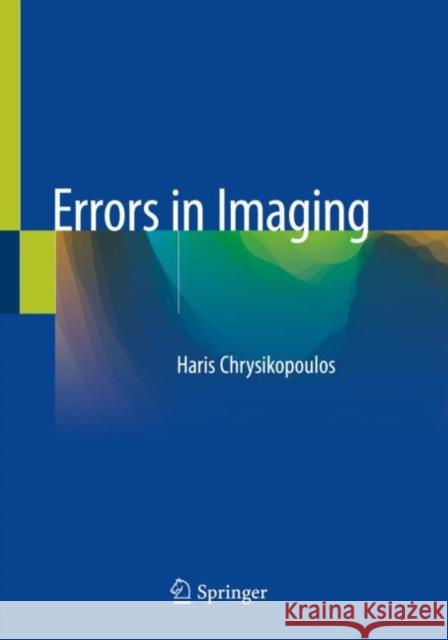Errors in Imaging » książka
topmenu
Errors in Imaging
ISBN-13: 9783030211059 / Angielski / Miękka / 2020 / 214 str.
Errors in Imaging
ISBN-13: 9783030211059 / Angielski / Miękka / 2020 / 214 str.
cena 201,72
(netto: 192,11 VAT: 5%)
Najniższa cena z 30 dni: 192,74
(netto: 192,11 VAT: 5%)
Najniższa cena z 30 dni: 192,74
Termin realizacji zamówienia:
ok. 22 dni roboczych
Bez gwarancji dostawy przed świętami
ok. 22 dni roboczych
Bez gwarancji dostawy przed świętami
Darmowa dostawa!
Kategorie BISAC:
Wydawca:
Springer
Język:
Angielski
ISBN-13:
9783030211059
Rok wydania:
2020
Wydanie:
2020
Ilość stron:
214
Oprawa:
Miękka
Wolumenów:
01











